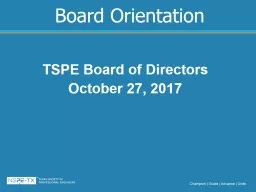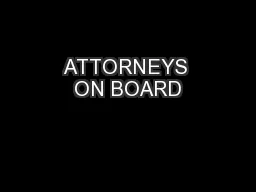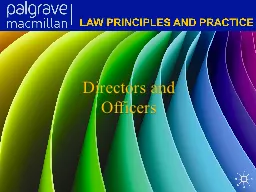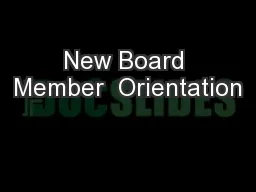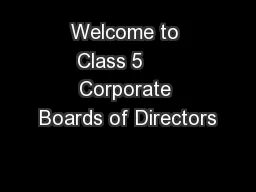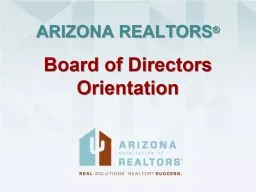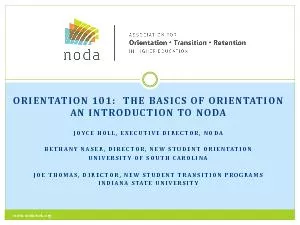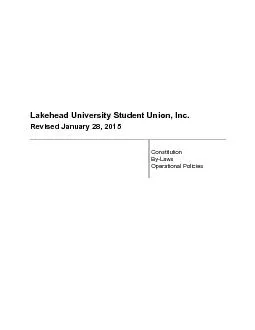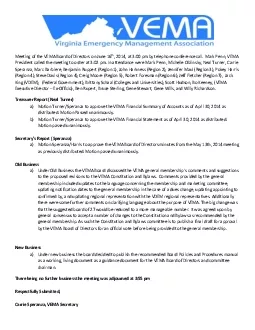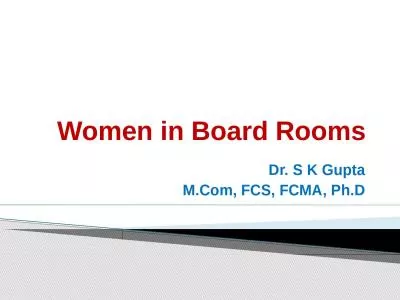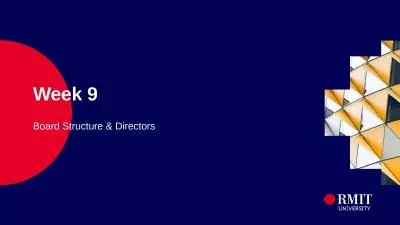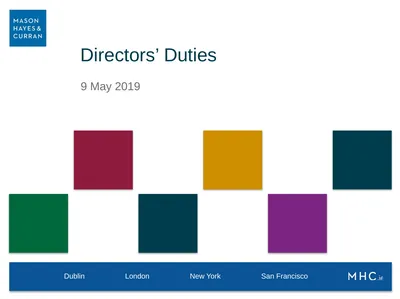PPT-Board Orientation TSPE Board of Directors
Author : luanne-stotts | Published Date : 2018-11-04
October 27 2017 Topics Purpose Mission Vision amp Values Tools of Governance Board of Directors Board Responsibilities BoardStaff Relationship Topics continued
Presentation Embed Code
Download Presentation
Download Presentation The PPT/PDF document "Board Orientation TSPE Board of Director..." is the property of its rightful owner. Permission is granted to download and print the materials on this website for personal, non-commercial use only, and to display it on your personal computer provided you do not modify the materials and that you retain all copyright notices contained in the materials. By downloading content from our website, you accept the terms of this agreement.
Board Orientation TSPE Board of Directors: Transcript
Download Rules Of Document
"Board Orientation TSPE Board of Directors"The content belongs to its owner. You may download and print it for personal use, without modification, and keep all copyright notices. By downloading, you agree to these terms.
Related Documents

